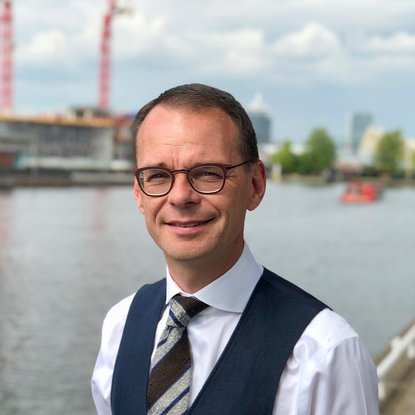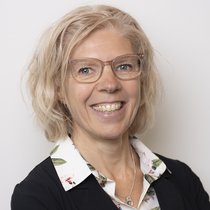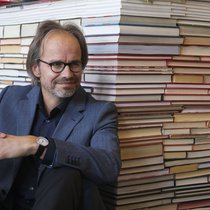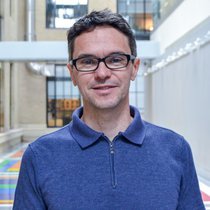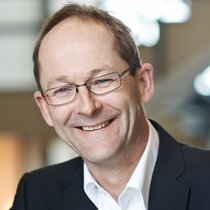Heavier rainfall and storms, higher temperatures, rising sea levels, drought and other climate change consequences all present challenges to the quality of city life. Moreover, due to increasing urbanisation the number of people having to deal with these consequences is also growing. As a result, cities across the globe need to prepare for the impact of climate change on urban life. Amsterdam is aware of this, and is committed to becoming as climate-proof as possible by 2050.
To foster these developments and connect them to the state-of-the-art knowledge from science, the Climate Resilient Cities research program works on a few different areas of expertise (see below), answering questions like: what do rainfall, temperature and wind turbulences look like in and around Amsterdam? How can flooding after storms be predicted and prevented? Or from a more societal point of view: what is the impact of research on climate resilient solutions, how can results and effective measures actually be implemented? Furthermore, the research program maps different possible futures to be prepared to whatever actually happens.
“We want to improve the resiliency of the city by finding fiercely attractive solutions to our urgent challenges. Therefore, we work in triple-helix collaborations with knowledge partners like AMS Institute and business partners. Together with AMS Institute, we take the initiative and integrate the principles of resilience thinking into the city’s processes, encourage new kinds of cross-sectoral collaboration and support bottom-up initiatives by communities.”
Sacha Stolp - Senior Strategic Advisor City of Amsterdam, department of Engineering
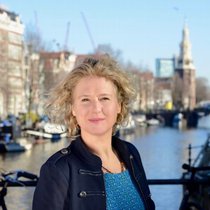
The Climate Resilient Cities research program evaluates the functioning, adaptation and resilience of climate systems. The entire urban air-water-soil-green system is analyzed, to map rainfall, temperature and wind turbulence in and around Amsterdam. We then use this information to create a climate adaptation planning approach that carefully designs and assesses interventions such as greening and the sustainable (re)design and maintenance of the city’s infrastructure. In doing so, we work on focus on four areas of expertise:
- Weather/Meteorology: Weather phenomena of the urban environment are modeled and studied for insight. What do rainfall, temperature and wind turbulences look like in and around Amsterdam?
- Water/Hydrology: The urban water cycle system with regards to rainfall, evaporation, storage and discharge is modeled. How can flooding after storms be predicted and prevented?
- Scenario Planning & Urban Planning: The scenario planning approach maps different possible futures to be prepared to whatever actually happens. This proven approach reduces the negative outcome through better planning. In addition, the climate adaptation planning approach for resilient cities involves both careful design and assessment of interventions. Without looking closer at what has been done and is intended, learning is impossible.
- Societal Factors: While climate change and resilient solutions to it are a complex technological and biological challenge, the societal factors are just as important. What is the impact of research on climate resilient solutions? What is the cost for water management and health care.
Preventing and addressing the adverse affects of climate change simply cannot be worked at a city level alone. This calls for a multi-level, long- and short-term collaboration that transcends the city limits and requires an integrated vision. With this AMS Institute contributes to understanding the city’s detrimental and beneficial dynamics around climate and urban design, and thereby contributes to accelerate change towards more climate resilient cities.
Urban Heat Island
The summer of 2018 was extremely hot and dry. For Amsterdam, as for many other cities, this resulted in dying plants and grass, declined water quality, malfunctioning bridges, subsiding housing foundations and cracked cycle paths and roads. The extreme temperatures not only affected the environment, but also human health and well-being, especially of elderly people and young children. According to the Royal Netherlands Meteorological Institute, the kind of heat waves we saw last year, will become more frequent: from once every twenty years a century ago, to every two to three years now.
In densely populated areas such as Amsterdam, heat waves are more extreme, due to the so-called 'urban heat island effect'. This means that heat generated by people, vehicles and the sun is easily trapped by the materials used to build houses, industrial buildings, sidewalks, and parking lots. The effect is strongest at night during calm, clear weather. The temperature difference with areas outside the city can sometimes be more than five degrees. The level of this effect strongly depends on the density and height of the buildings and on the amount of green spaces present.
“The urban climate is like an archipelago of micro-climates and that is why it is so extremely interesting to work with!”
Sanda Lenzholzer
Full professor Landscape Architecture & AMS PI
Urban Green
Urban green plays an important role in making Amsterdam a climate resilient city. Green roofs, for example, ensure better absorption of rainwater, which slows down water discharge into the street. The ageing sewerage system can in this way better cope better with the increase of rain water. Green also has a cooling effect through evaporation in extreme heat. In addition, trees, flowers and plants have a positive effect on human health, contribute to the livability of a neighborhood and even improve performance.
Air Quality
Air pollution causes substantial health risks. The quality of air depends on the time of day, location in a city and traffic intensity as well as weather conditions like wind speed. Improving the air quality in Amsterdam is also part of the Climate Resillience program.
Principal Investigators
Project members

Andrea Überbacher
TU Delft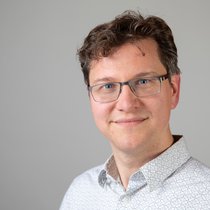
Menno van Dijk
AMS Institute
Clara María Koch Jiménez
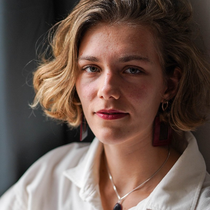
Lena Sophie Wagner
AMS Institute
Pantelis Karamitopoulos
TU Delft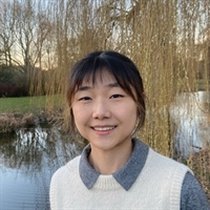
Sitong Luo
AMS Institute, Wageningen University & Research
Esther Peerlings
Wageningen University & Research
Valentina Verduchi
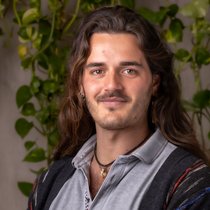
Robert Martinez Varderi

Manuel Felipe López Mora
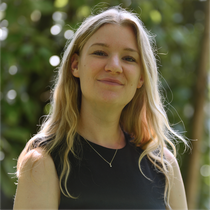
Isabelle Snaauw
AMS Institute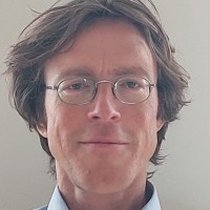
Geeralt van den Ham
Municipality of Amsterdam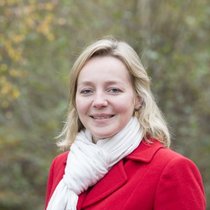
Joanne Vinke-de Kruijff
University of Twente
Gert-Jan Steeneveld
Wageningen University & Research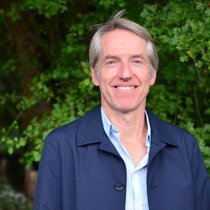
René van der Velde
TU Delft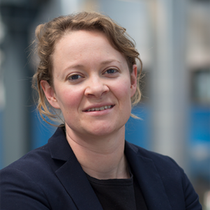
Rebecca Price
TU Delft
Sanda Lenzholzer
Wageningen University & Research
Mart-Jan Hemel
TU Delft
Wei-Shan Chen
Waginingen University & Research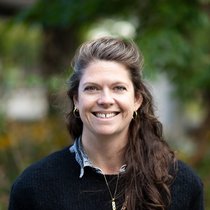
Anke van Gelderen
AMS Institute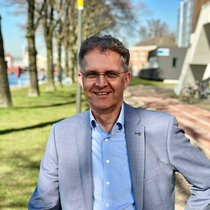
Willie van den Broek
AMS Institute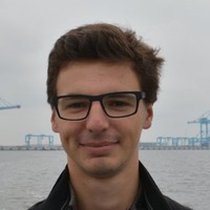
Raphaël Klein
AMS Institute, TU Delft
Martijn Lugten
TU Delft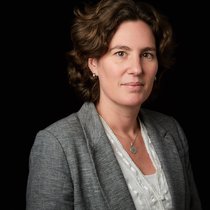
Mandy Korff
TU Delft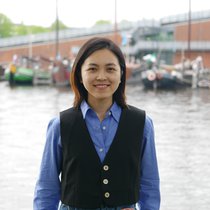
Ying Liao
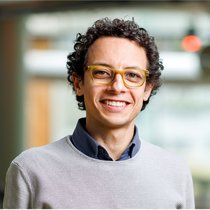
Maged Elsamny
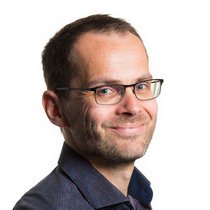
Andreas Hartmann
University of Twente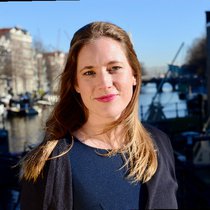
Sarah Bork
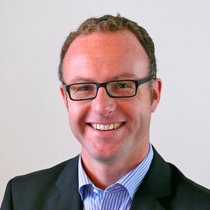
Ruben Vrijhoef
TU Delft, Hogeschool Utrecht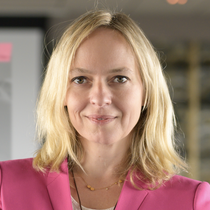
Anna
Chojnacka
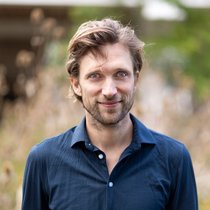
Joppe van Driel
AMS Institute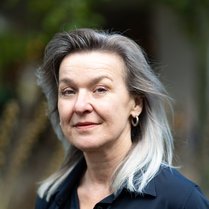
Mandy
Brussaard

Tom Benson
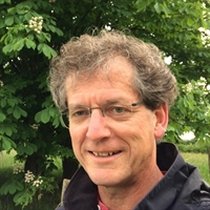
Jelle Hiemstra
Wageningen Univeristy & Research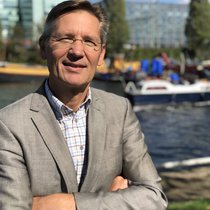
Henk Wolfert
AMS Institute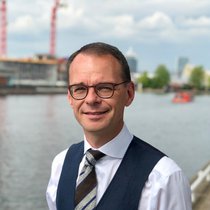
Gerben Mol
AMS Institute
Deborah
Lefosse
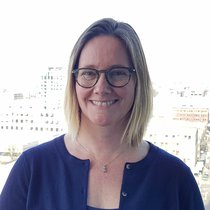
Juliane L. Fry
Wageningen University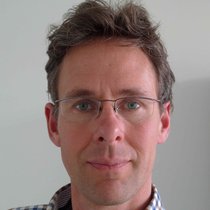
Bert Heusinkveld
Wageningen University & Research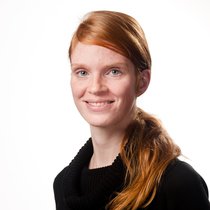
Marjolein Pijpers-van Esch
TU Delft
Théo Hermann
AMS Institute, MIT, EPFL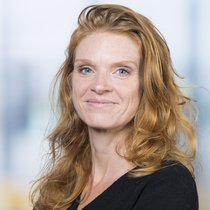
Marjolein van Esch
TU Delft
Lukas Beuster
TU Delft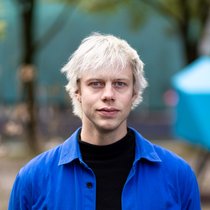
Gustaf Wuite
AMS Institute
